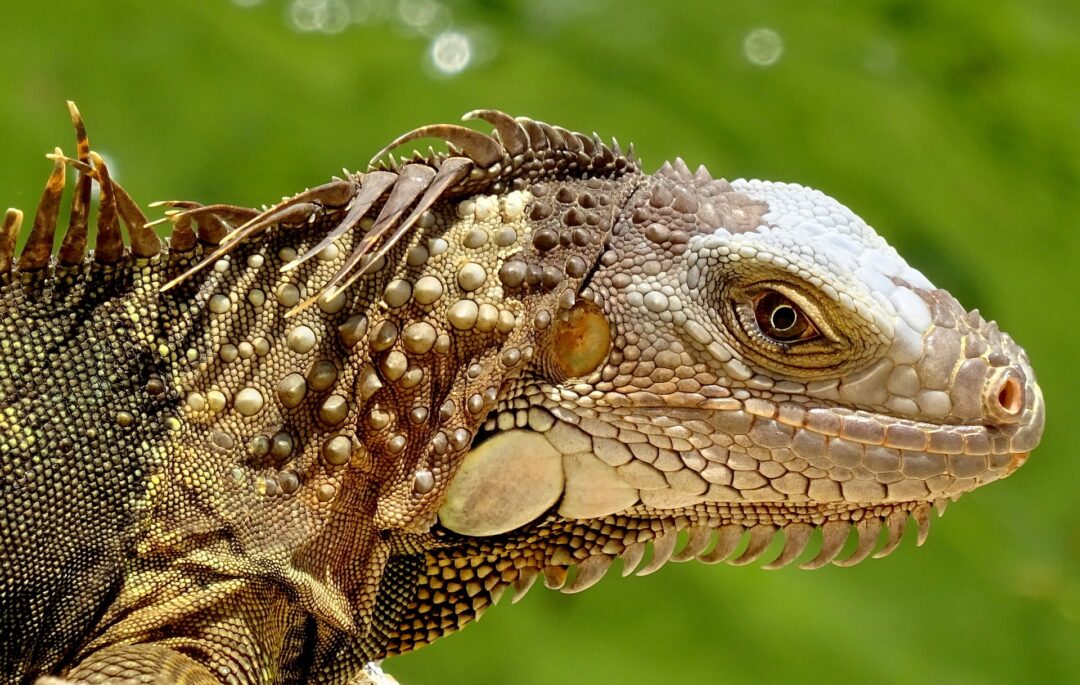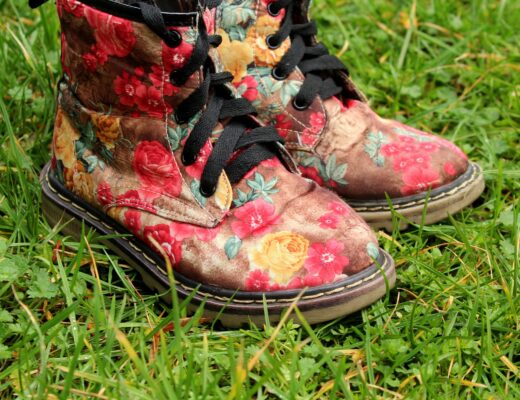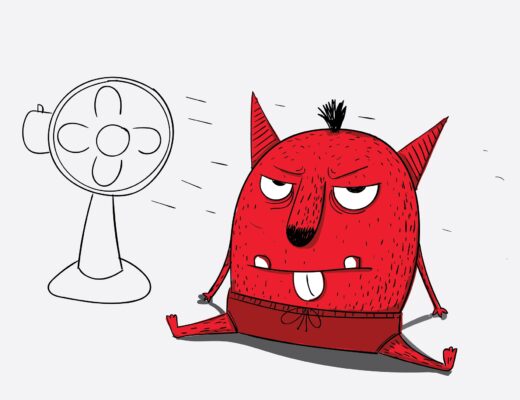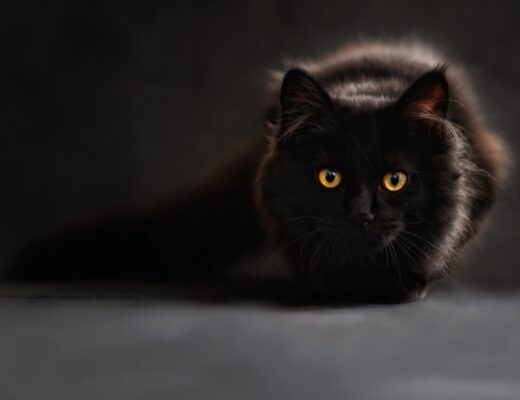Animals aid character movement work
Have you ever observed someone and thought:
“That person kinda bobs their head when they walk, kinda like a chicken.”
Or:
“That dog is always so focused on something…kinda reminds me of my friend Ryan.”
People-watching is often a pastime recommended for actors. It helps to flush out your character repertoire, and some of my favorite characters I’ve ever played were designed after people I saw at the mall.
Just as important as people watching, animal watching is an incredible outlet for actors.
So, what is animal work exactly?
How do you use animal work to create unique character movement signatures?
Can lizards give you advice on character movement work?
Yes, yes, they can.
The same process applies
It doesn’t matter where your inspiration comes from for character movement work and developing a unique movement signature.
We’re actors. We play in an open sandbox.
Use your imagination.
You can apply questions such as, “Where does this character lead from?” to any animal.
Where does this snow leopard lead from?
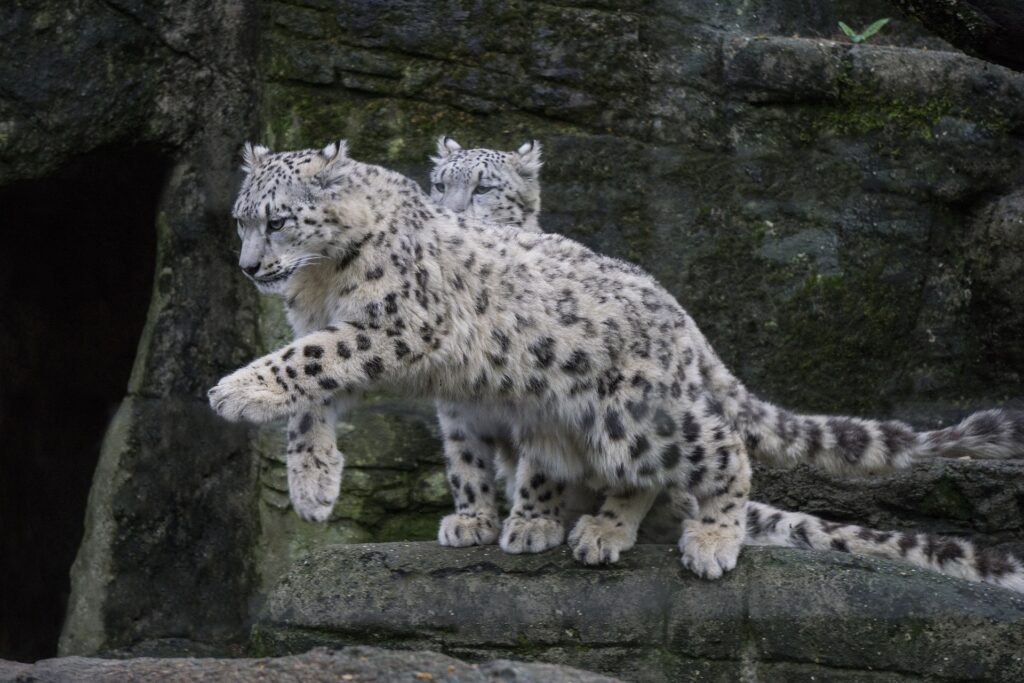
How bout this blue jay?
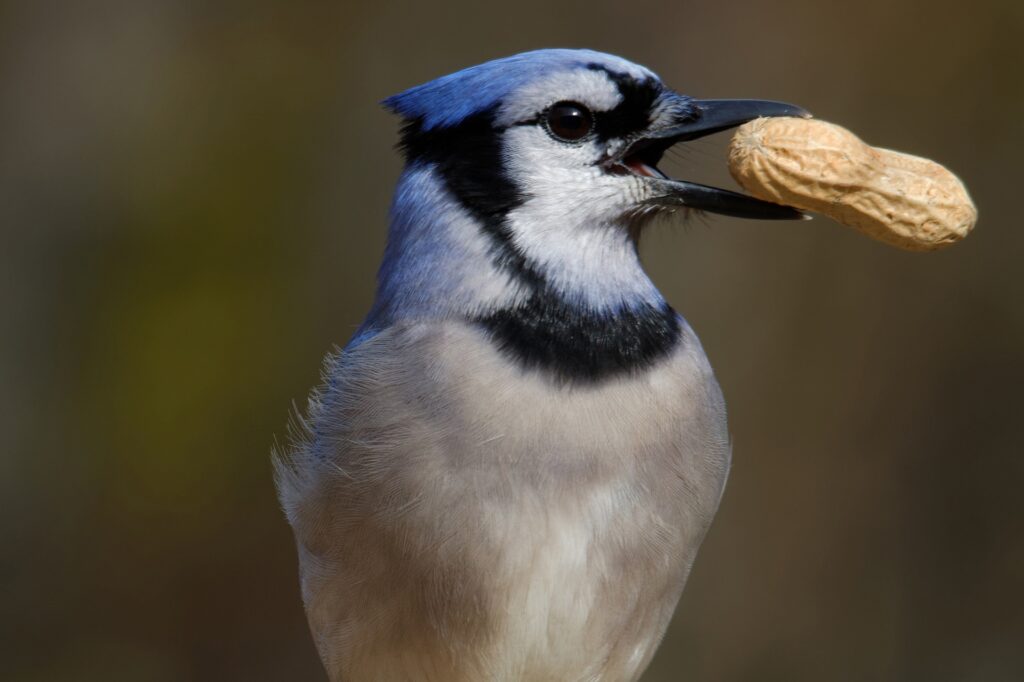
And the shark?
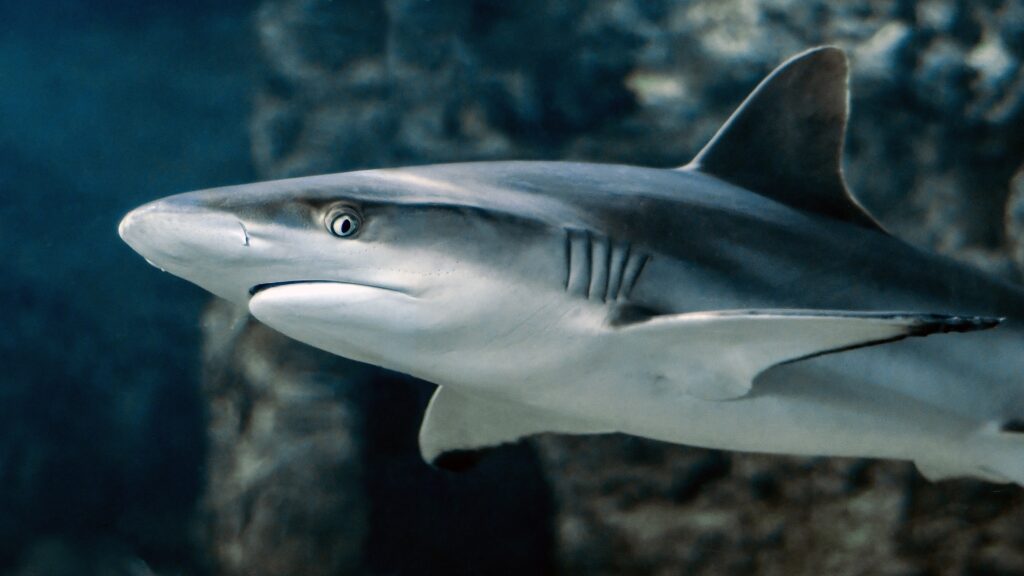
What qualities differentiate the blue jay from the shark?
The blue jay moves its head quickly and sharply, whereas a shark’s head is a slow and steady movement.
From a Labanotation perspective, I’d say the blue jay is more sudden while the shark is sustained.
If you’re not familiar with Labanotation and how this dance notation system can be an incredible tool for actors to develop physically diverse characters, check out my intro post here.
What I’ve learned from lizards
When developing a character, I often think about what a good animal counterpart might be.
Let’s talk lizards.
For the record, I just think lizards are cool. I’m in no way an expert.
What are some key characteristics?
Firstly, lizards have tails.
They eat bugs, have short necks, and can go from still to scurrying across rocks quicker than sometimes our eyes can catch.
Lizards have always come across to me as being rather cunning and calculating.
They’ve got these sharp, detail-oriented eyes and can laser focus on their prey before striking with incredible speed.
Always plotting, not necessarily in an evil kind of way, just always thinking.
If anything, the lizard comes up for me as a great teacher when developing a character who struggles with anxiety. They have a calm, cool exterior and can appear as those they’re frozen in space. Then suddenly dashing off for cover. To me, it’s a great mirror of a human going through the motions of the fight, flight, or freeze response.
That being said, I, of course, think the cunning lizard could be modeled to a more antagonistic character.
This, of course, this kind of play, is all up to you, the actor.
Go as extreme or subtle as you like. Perhaps you’re playing the actual animal itself.
Oh, and here’s some other cool facts about lizards from Live Science.
Cos lizards are cool.
Where to find other great animal examples
There’s countless places to expand your animal observing repertoire.
One place that, although controversial, can be a good resource is zoos.
I personally only go to zoos or organizations that commit to protection, restoration, and rehabilitation. Or for animals that can not safely be released back into the wild.
Places such as the San Diego Zoo Wildlife Alliance or Monterey Bay Aquarium.
If you don’t have access to zoos or choose not to support them, the best resource is easily the internet.
Youtube alone, you could spend thousands of hours watching animal videos.
Seriously, I typed in red pandas into the search bar and got hundreds of results. Namely, this gem:
Documentaries such as Planet Earth are also excellent sources.
My favorite way to observe animals is to visit local nature preserves and the birds outside my window.
One other interesting thought…
Animals provide not only an endless source of entertainment but can be incredible allies in helping us as actors discover our characters.
I’ll share something else that I sometimes incorporate into character movement work.
Observing all aspects of nature.
Such as how a river runs over rocks or leaves falling in the wind.
Rocks are great in showing stillness.

Happy moving!

